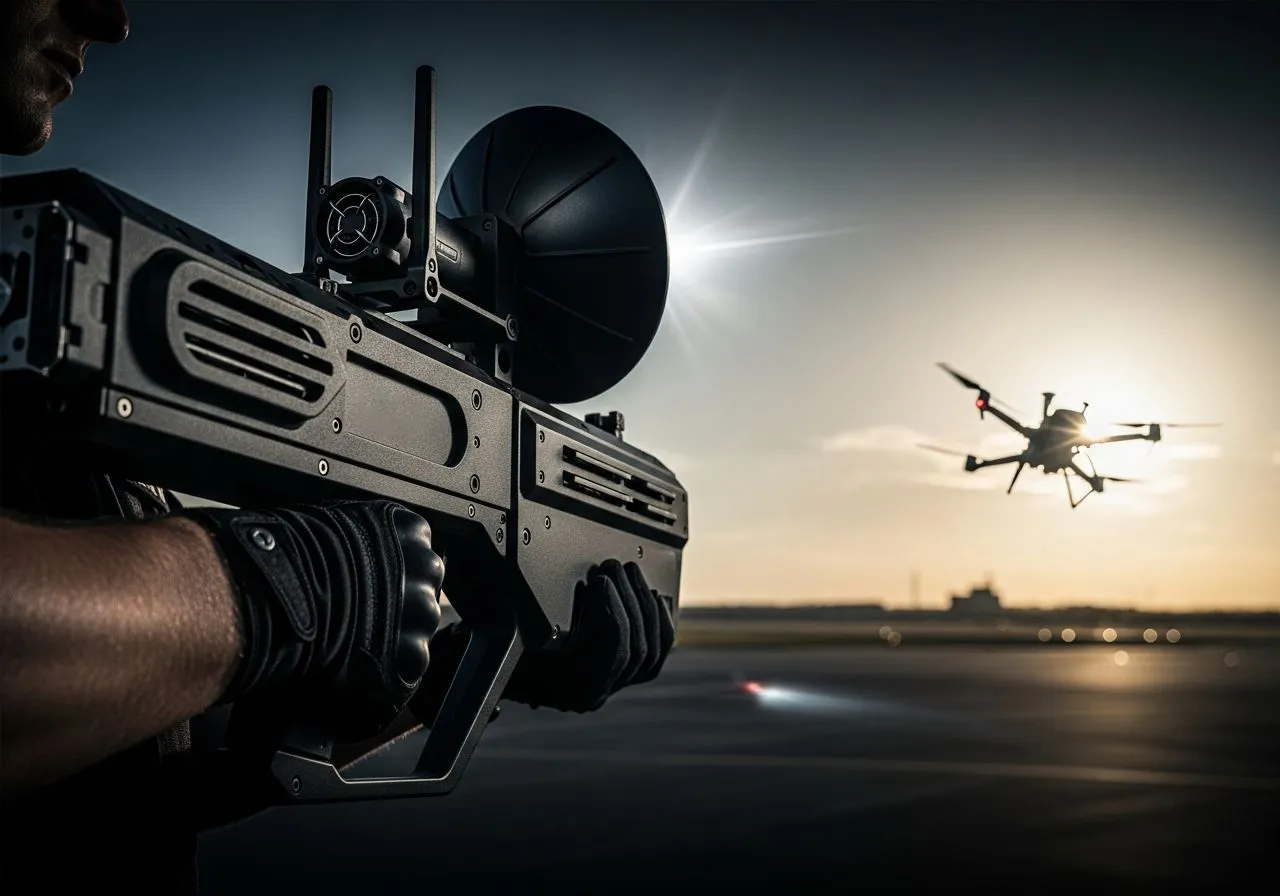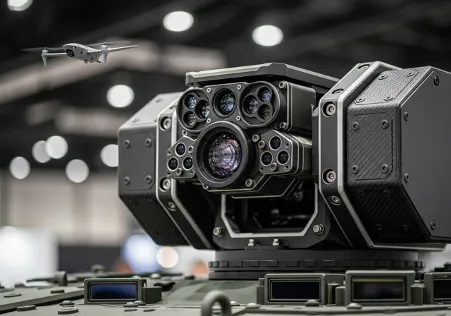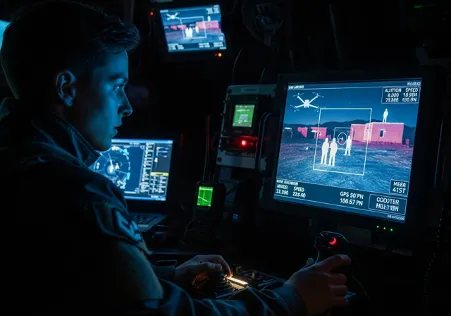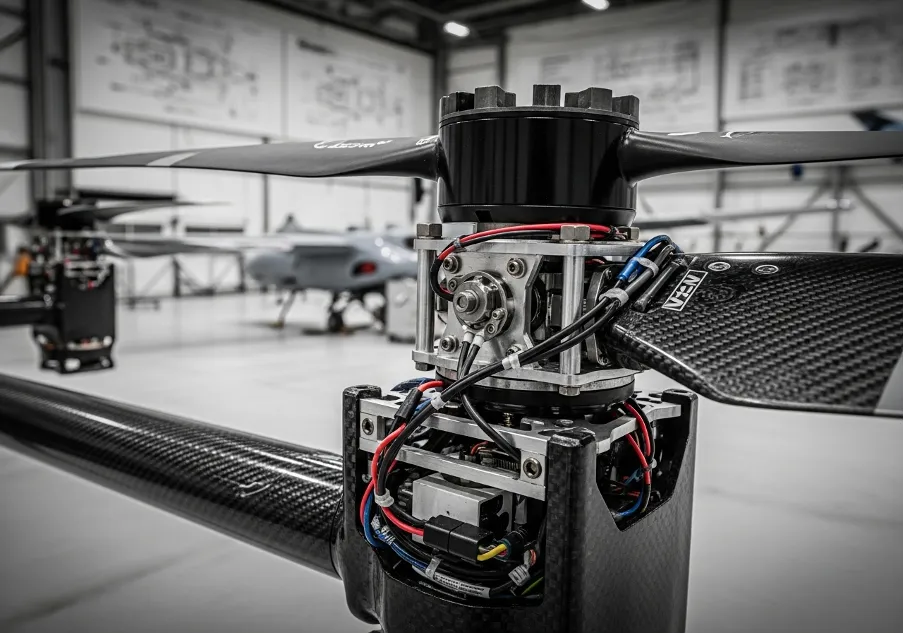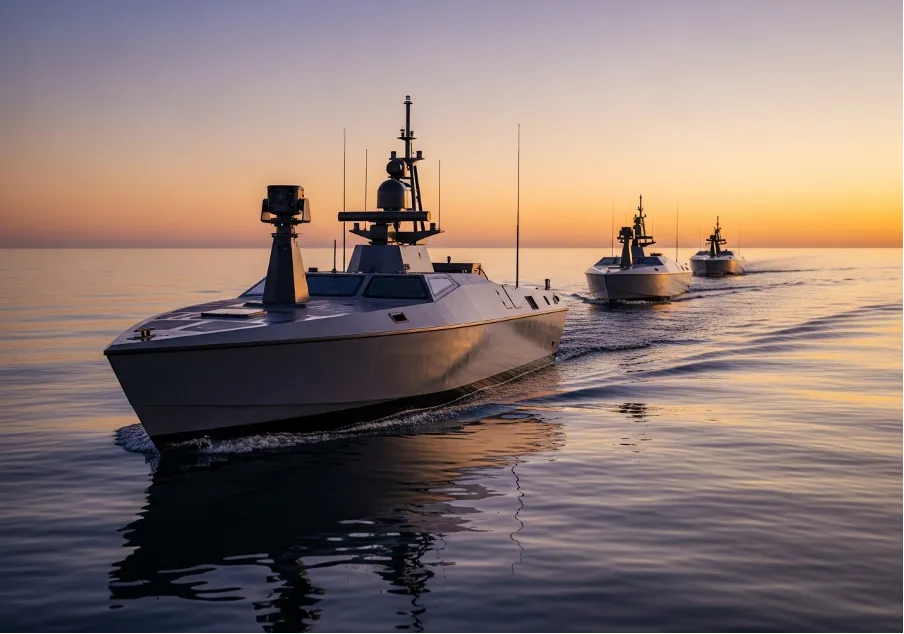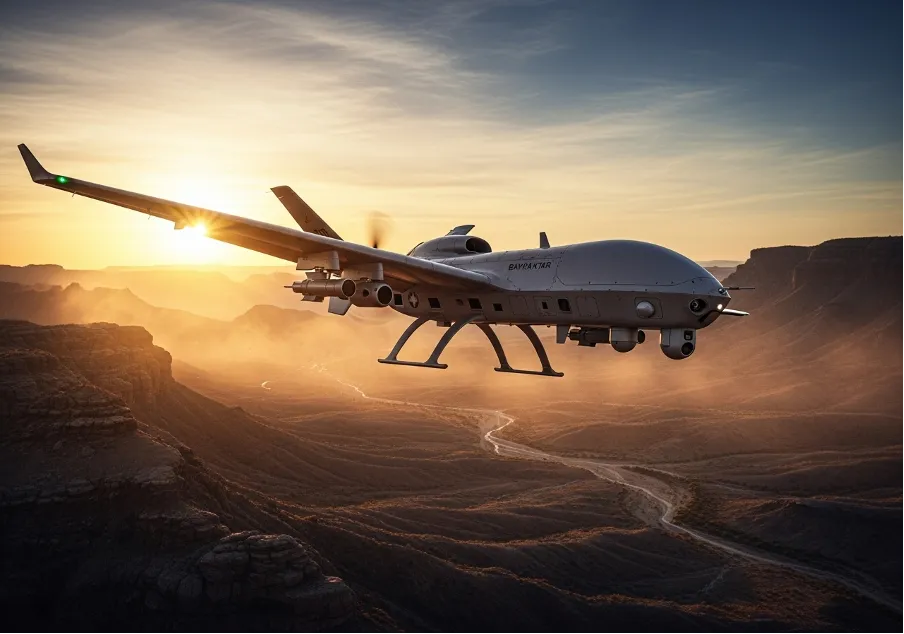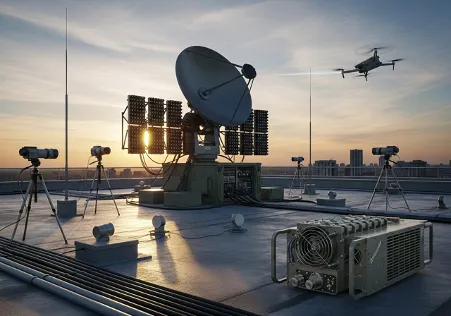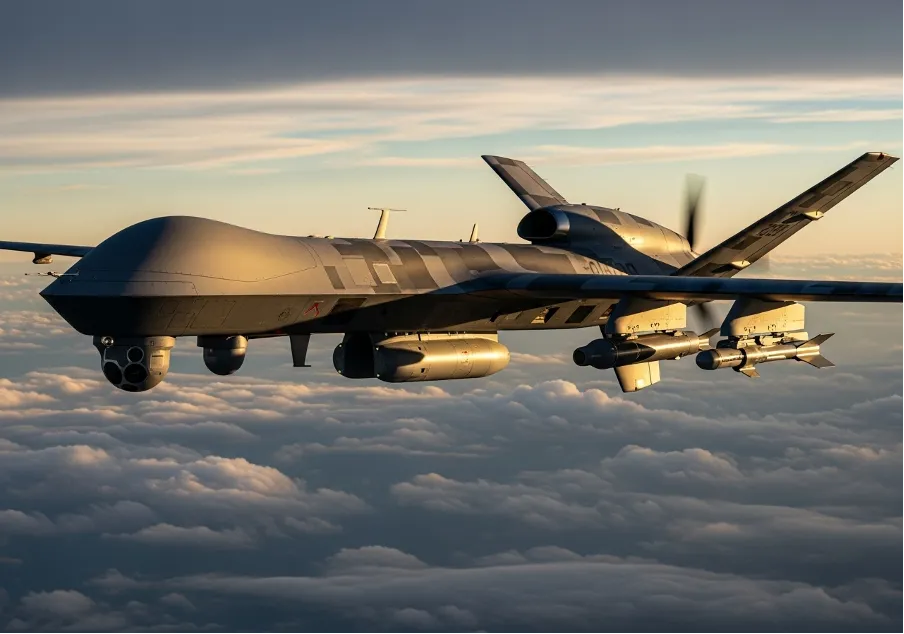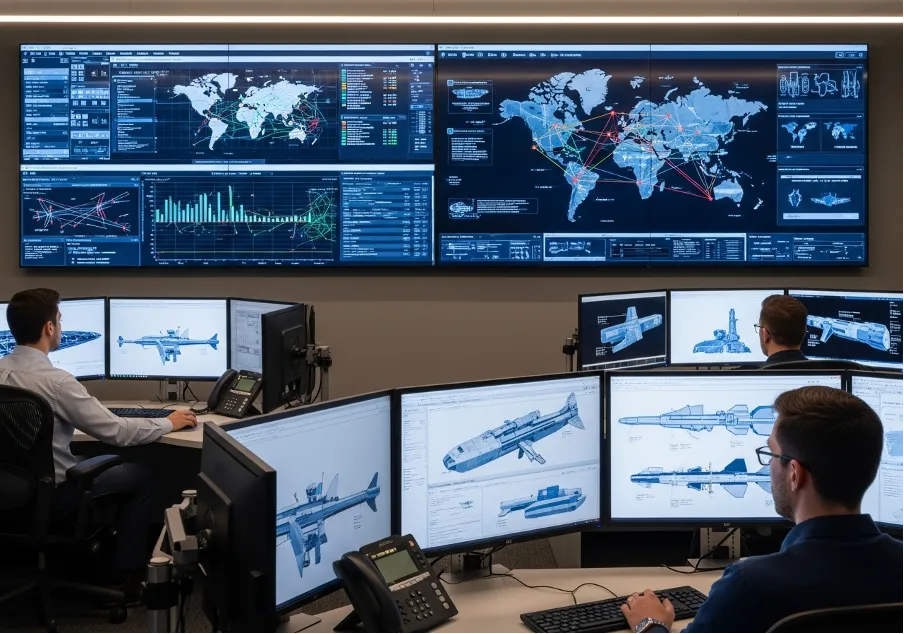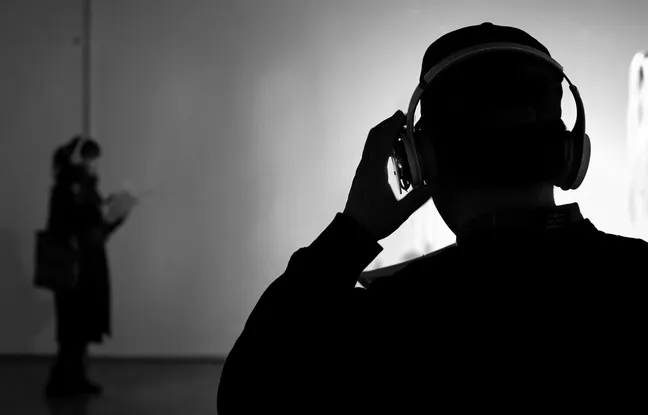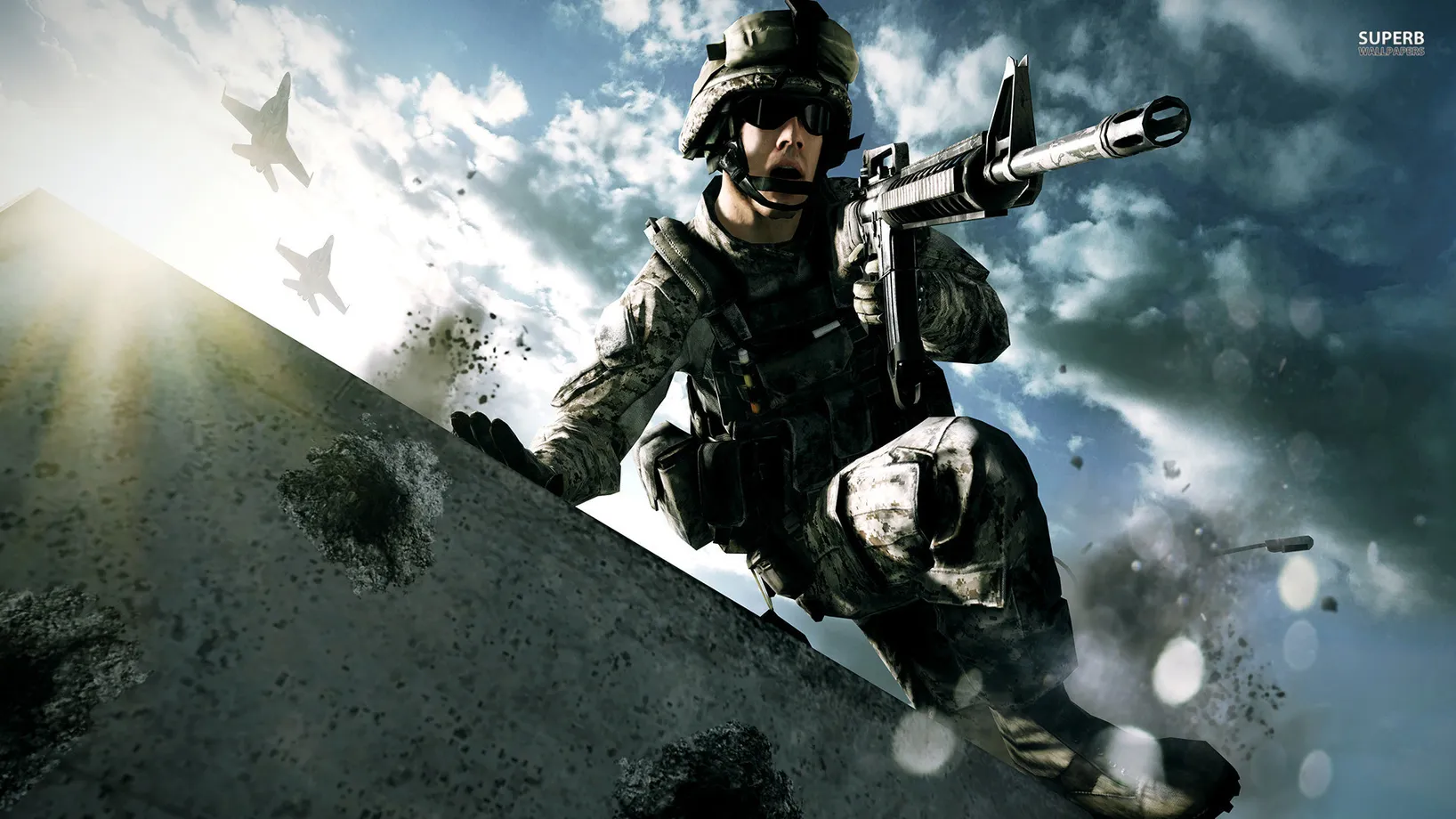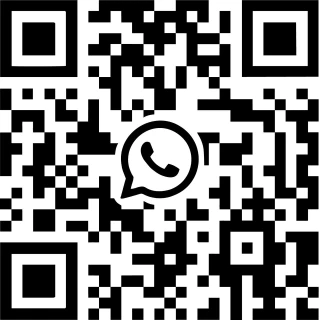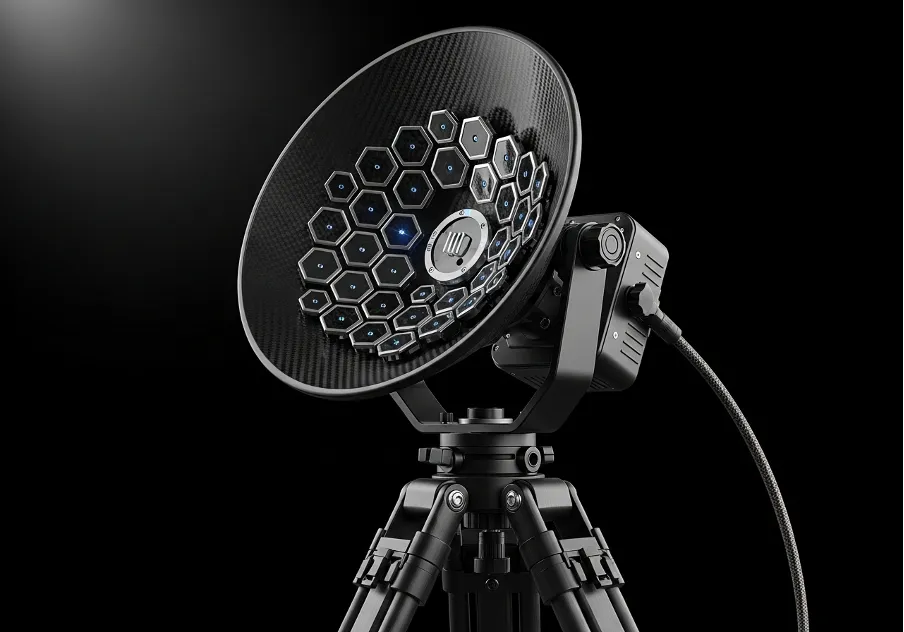
Look at D.E.W. Technology
How the Device Used for Talking Over Distance Evolved
A Long-Range Acoustic Device, often abbreviated as LRAD, is a piece of technology that produces highly directional sound. It’s a specialized loudspeaker capable of projecting voice commands or deterrent tones over significant distances. The fundamental principles behind how does lrad work involve creating phased sound waves that travel much further and with greater clarity than a conventional bullhorn or public address system. This capability has made it a go-to tool for applications ranging from maritime security to emergency notifications.
Its development wasn't an academic exercise; it was born from a specific, tragic necessity. Following the 2000 attack on the USS Cole, the U.S. Navy identified a critical gap in its ability to communicate with approaching vessels at a safe distance. This need for a non-lethal method of hailing and warning potential threats directly spurred the creation of what some now refer to as sonic weapons. The goal was simple — establish intent from afar, so defensive actions could be taken only when absolutely necessary.
From Naval Need to Widespread Use of the LRAD
The initial impetus was purely defensive. Naval personnel needed a reliable way to project a clear voice across hundreds, even thousands of meters of open water. Traditional loudspeakers were useless, their sound dissipating and distorting over such expanses. The requirement was for a military sound weapon that could cut through ambient noise and deliver an intelligible message to a specific target without alerting everyone in the vicinity. This was a challenge of physics and engineering.
The solution came from the American Technology Corporation, which would later become the LRAD Corporation and then Genasys. They developed a device that could emit a focused beam of sound, not unlike how a spotlight focuses light. This breakthrough meant that a message could be aimed directly at a small boat approaching a naval destroyer. The development of the lrad sonic weapon gave naval forces a crucial tool for de-escalation, allowing them to hail, warn, and assess intent long before a situation could turn hostile. It was a paradigm shift in stand-off communication capabilities.
The technology proved so effective that its applications quickly expanded beyond the military. Law enforcement, border security, and even commercial shipping saw the potential. Smaller, more portable versions were developed, broadening the field of handheld directed energy weapons and similar non-lethal options for various scenarios.
The primary applications quickly diversified beyond naval use:
- maritime shipping, where vessels use them to deter pirates;
- crowd management during large public events or protests;
- wildlife control, such as keeping birds off airport runways;
- emergency services for mass notification during natural disasters.
This expansion demonstrates a core principle: clear, long-distance communication is a universal requirement for safety and security operations.
Technical Profile of a Long-Range Acoustic Device
Three core characteristics differentiate these systems from standard speakers: volume, clarity, and directionality. Understanding these is key to grasping the function of a long-range acoustic device. They aren't just loud; they are precisely engineered to maintain the integrity of sound over distance. It’s the combination of these three factors that makes the technology unique.
The sheer power is often the first thing people notice. An LRAD can generate sound pressure levels exceeding 150 decibels at one meter. To put that in perspective, a jet engine at 30 meters is about the same. This extreme volume is necessary for the sound to travel thousands of meters and remain audible. This is why some critics refer to it as a sound cannon, focusing on its capacity to deliver intense acoustic energy.
But volume without clarity is just noise. The real innovation lies in maintaining intelligibility. A standard bullhorn suffers from distortion—the "Charlie Brown" effect where words become muffled. LRADs produce sound that is "in-phase," meaning the acoustic waves are synchronized. This results in a clear, understandable message even at a great distance. This clarity is measured using the Speech Transmission Index (STI), where LRAD systems score exceptionally high compared to other acoustic hailing devices.
The Dual-Use Dilemma: LRAD for Communication and Crowd Control
The controversy surrounding LRADs stems from their dual-use nature. While designed for communication, the sheer intensity of the sound beam can be weaponized. The "alert" function, a high-frequency piercing tone, is particularly contentious. Its use in protests has led to accusations that the devices are being deployed for sonic crowd control rather than communication, a charge the manufacturer disputes.
The physics behind the discomfort is tied to human hearing. The alert tone often utilizes a lrad frequency range of 2,000–4,000 Hz. This is the spectrum where the human ear is most sensitive, and high-decibel exposure at these frequencies can cause not just pain, but also disorientation, nausea, and potentially lasting hearing damage.
Reported effects from the alert tone have included a range of issues:
- migraines and severe headaches;
- sinus pain and pressure in the ears;
- dizziness and loss of balance;
- ringing in the ears, or tinnitus.
These health concerns have prompted civil liberties organizations to call for restrictions on their use against civilians, arguing the risks are not fully understood.
This has led to numerous legal challenges, particularly in the United States. Lawsuits filed by protesters have claimed that the improper use of the device's alert function constitutes excessive force. These cases question whether a tool designed for hailing ships has a legitimate place on city streets. The debate centers on whether it is a communication tool or a sound cannon weapon being used for suppression.
Beyond Theory: Examining What is an LRAD in Action
The real-world applications of LRAD systems are incredibly diverse, spanning the globe and multiple sectors. To truly understand what is an lrad, one must look at where and how it's been deployed. From the high seas off Somalia to the streets of major American cities, the device has been used in a multitude of high-stakes situations.
In maritime security, its value was famously demonstrated in 2005 when the cruise ship Seabourn Spirit used its LRAD to repel pirates. This incident showcased the potential of non-lethal d.e.w. technology in protecting civilian vessels in dangerous waters. It's now a common piece of equipment on commercial ships and private yachts traversing piracy hotspots.
Law enforcement agencies in over 100 countries have adopted these acoustic devices for various purposes. They've been used to communicate with hostage-takers, issue evacuation orders during floods and wildfires, and manage large crowds at sporting events and political demonstrations. In these contexts, they are presented as essential public safety tools.
However, its use during protests in places like Ferguson, Missouri, and at the G20 summit in Pittsburgh drew significant criticism. Answering what is lrad in these scenarios becomes more complex, as its role shifts from simple communication to a method of enforcing police orders on large, sometimes unruly, groups of people.
Away from conflict, LRADs have found a niche in wildlife management. Airports, like Singapore's Changi, use them to broadcast predator calls to disperse birds from runways, preventing potentially catastrophic bird strikes. This is perhaps the least controversial, yet highly effective, application of the technology, showcasing its adaptability beyond crowd control devices.
Access and Regulation: Can Civilians Buy LRAD Systems?
A frequent question that arises is about public access to this technology. The query of can civilians buy lrad systems is not a simple yes or no. Genasys, the primary manufacturer, sells its products to government agencies, military branches, and commercial entities. Direct-to-consumer sales for the high-powered models are not standard practice.
However, the technology itself is not classified as a defense item in the same way as a firearm or missile system. It doesn't typically require a special export license, which has facilitated its global proliferation. It is marketed as a device used for talking over distance, a communication system, which places it in a different regulatory category than a conventional weapon.
The regulatory landscape is complicated. While a private citizen can't easily purchase a military-grade LRAD 1000Xi, smaller, less powerful acoustic hailing devices are available on the market. The distinction between a professional security tool and a weapon often comes down to intent and application, much like with other dew military-adjacent technologies.
In the context of law enforcement, the terminology can sometimes be confusing. For instance, the query lrd full form in police is likely a misunderstanding of the LRAD acronym, but it points to the device's firm integration into the toolkit of modern policing, where acronyms for equipment are commonplace. Its place there seems secure, despite the ongoing debates.
Trusted Worldwide
Operating in more than 50 countries, we provide cutting-edge defense solutions that ensure your safety to every corner of the globe.
Get Advice From Our Experts
Please complete the feedback form to gain exclusive access to our catalog showcasing models that are not available on our website
We’re here to assist you with any inquiries, support, or information you need. Whether you're interested in our defense products, looking to collaborate, or simply have a question, our team is ready to help.
